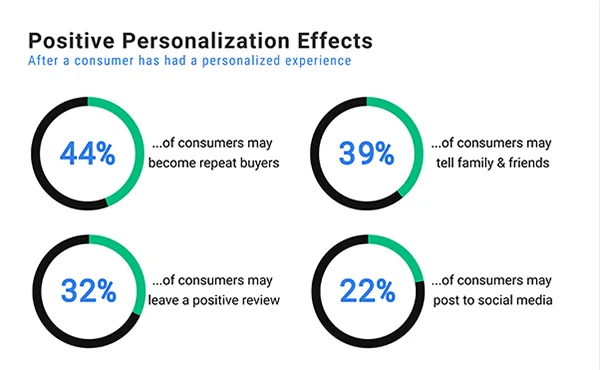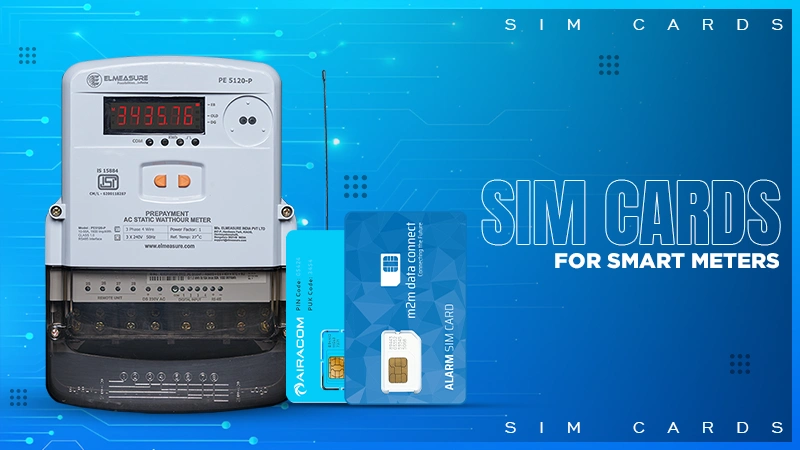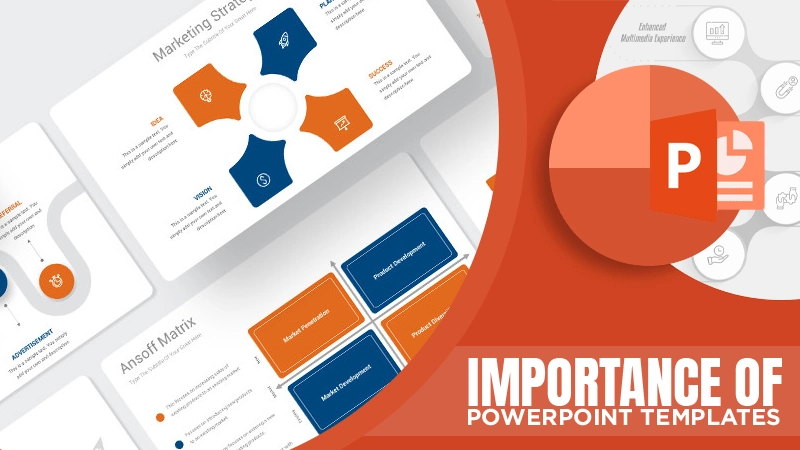In the technology-driven era, digital customer service is one thing that businesses can’t afford to ignore. It’s now just not limited to resolving their problems but improving their overall experience.
Putting it simply, for any brand, online presence is vital across various platforms, and they should focus on making the best digital customer experience a priority. While it has been a topic of discussion for a few years now, it rapidly transformed after the pandemic remarkably.
So, how can this limitless digital landscape be achieved? A personalized approach is the answer. Below, we will delve into the best practices for implementing a personalized digital customer service experience.
Understanding the Importance of Personalized Digital Customer Service

What exactly is personalized digital customer service, and why is it vital? It involves tailoring interactions and offerings based on individual needs and preferences.
It’s about treating customers as unique individuals, not just interchangeable units.
In other words, it’s about the experience you create for them whenever they come across different digital channels.
For e-commerce businesses, personalized digital customer experience can be a make-or-break factor. The only reason behind this is that customers can interact with them only through digital mediums. So you might lose the chance to stand out if you don’t make it a priority or can’t get it right.
This approach results in a more satisfying, higher-quality user experience, which can help build lasting customer relationships. A digital customer service platform that enables personalization can significantly improve retention.
It also empowers businesses to deliver the right content at the right time, boosting engagement levels. Also, it helps in understanding customers better, which can drive insights for future marketing efforts.
Overall, digital personalization in customer service requires an understanding of individual consumer profiles, their behaviors, and their preferences to create a unique, satisfying experience for them.
Did you know?
A majority of consumers (around 80%) will make purchase decisions influenced heavily by online reviews.
Identifying Your Audience for Personalization
Developing a successful personalization strategy begins with a detailed understanding of your audience. This includes demographic information, behavioral data, purchase history, and preferences. Businesses must take active steps to gather and analyze such data.
Customer feedback mechanisms, surveys, and social media engagement are rich sources of insightful data. Creating customer personas can be an effective way to group customers based on shared characteristics and tailor the service accordingly.
It’s equally vital to continually update this understanding as customer behavior and preferences evolve. Steps should be taken to regularly review and adjust the personalization strategies accordingly.
Understanding the customer journey across multiple channels is also required. Businesses need to provide a consistent and seamless experience across all touchpoints, creating a unified personalized experience.
The below data represents the positive effects of personalized customer service experience.

Use of Data Analytics in Personalized Customer Service
Data analytics plays a pivotal role in driving personalized customer service. It is possible only when you have customer’s data about their journeys and previous communication. It provides the necessary insights to understand their behavior, likes and dislikes, and interaction patterns with the business.
With such data, businesses can create more personalized and relevant experiences. The more data you have, the better service you can provide to the customers.
Data analytics tools help in tracking and analyzing customer behavior and preference data over time. This information provides hidden insights into customer preferences that can be used to cater to their specific needs.
Analytics also aid in predicting future behavior, allowing businesses to offer relevant products, services, or information before the customer has even expressed a need for them.
In short, an effective data analytics strategy provides significant insights for personalizing and improving the customer service experience.
Implementing Automation in Customer Service for Personalized Experience

Automation in customer service can greatly enhance a personalized experience. For example, chatbots that leverage artificial intelligence can provide immediate and personalized responses to customer queries and problems. These chatbots can use their profiles to deliver unique solutions to users.
Automated email marketing campaigns, when tailored based on customer behavior, are another excellent way to provide a personalized experience. They can deliver pertinent content at the right time, enhancing the value of interactions for customers.
Customer relationship management (CRM) systems, integrated with AI, can automate the tracking of interactions, helping businesses understand and serve their customers better.
Finally, automation does not replace human interaction but complements it. Businesses should provide a seamless blend of automation and human touchpoints for a truly engaging customer service experience.
Altogether, a personalized digital customer service experience requires understanding your customers, utilizing data analytics, implementing automation, and continuously measuring the impact. In the end, it’s about building lasting, rewarding customer relationships in the digital age.
















